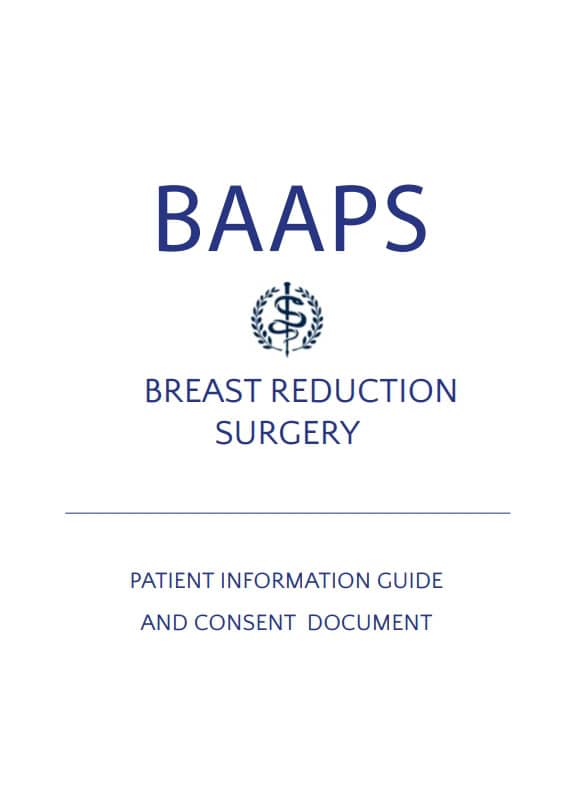Bleeding (or haematoma) is typically an early event, occurring within hours of surgery. Treatment usually involves a return to the operating theatre where, under general anaesthetic once more, the wounds are opened and any blood that may have collected is removed before closing the wounds again. This complication is very obvious because of the swelling and discomfort that it causes in the breast that is affected.
Infection occurs in a small number of patients and usually evolves over the first week to ten days after the procedure. Symptoms and signs include swelling, redness, pain, fever, feeling unwell and ultimately a discharge of pus from the wound. Superficial infections can be managed by antibiotics alone but more severe infections, perhaps even the development of an abscess, may require re-hospitalisation and even additional surgery.
Removal of breast tissue has an impact on the blood and nerve supply to the nipple. Reducing the blood supply carries with it a very small risk that the nipple may perish (necrosis). In non-smoking women who are otherwise fit and well, undergoing an average breast reduction, this risk is extremely small (less than 1%) but it can occur. Should nipple-areolar loss occur, reconstructive procedures may be needed. Skin loss, especially underneath the breast may be associated with infection. Small skin losses often heal very well with dressings, although this can take some time. Occasionally a small operation or even a skin graft is required to treat the problem.
Loss of nerve supply to the nipple may lead to a loss of skin sensation. Numbness can affect both breasts and may be permanent in approximately a third of patients.
For women who have not yet completed their families and are contemplating breast reduction surgery, it is important to note that breastfeeding may not be possible after breast reduction has been performed. This may be a reason to defer surgery until the family is complete for some patients.
Final size and perfect symmetry cannot be guaranteed. Most women’s breasts are not identical, either in shape or size, and so it is normal to have minor asymmetry after the procedure.
 Book a Consultation
Book a Consultation





